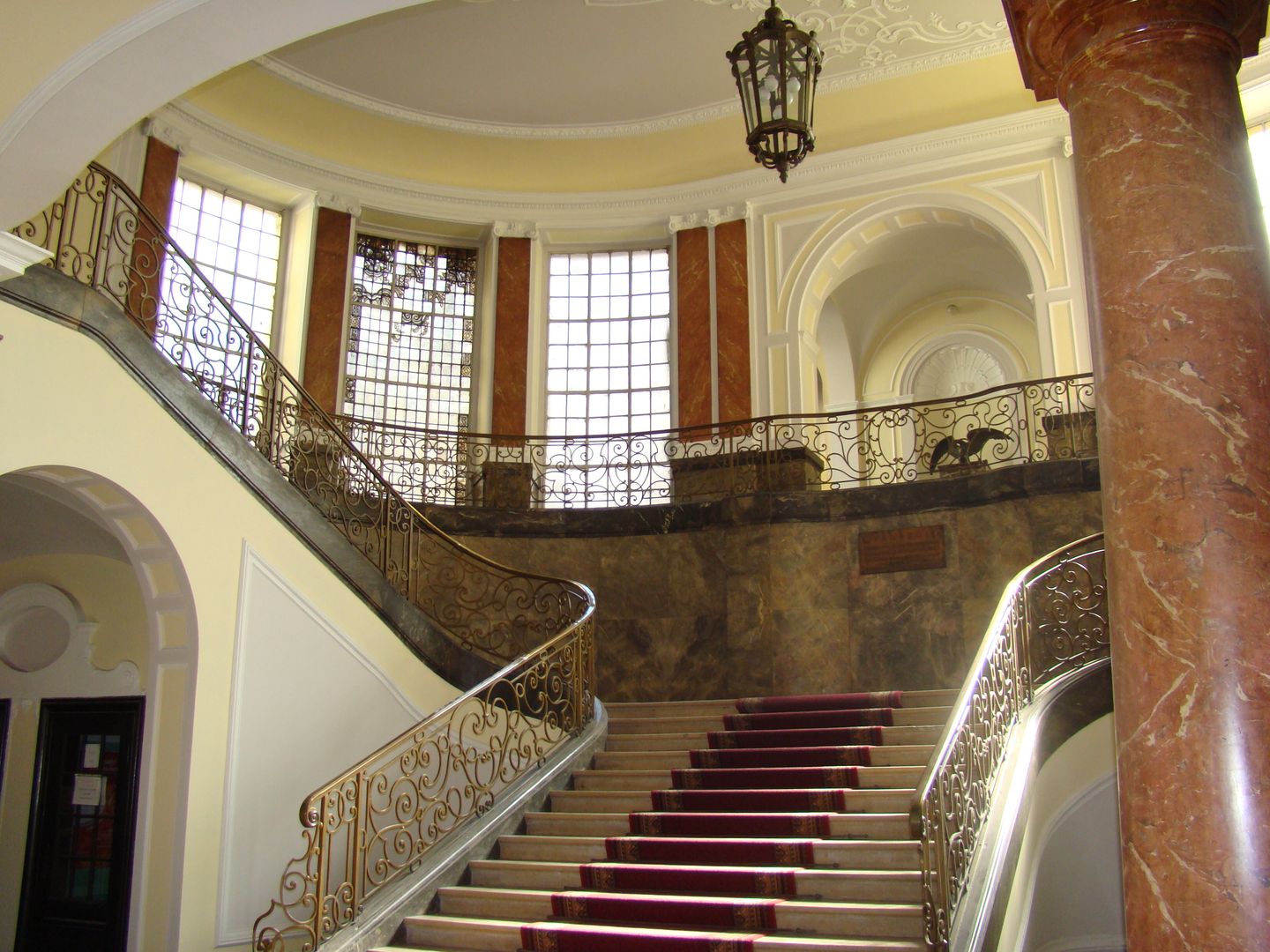Gdańsk Railway Directorate
7.09

Overview
The Gdańsk Railway Directorate is a territorial railway management body headquartered in a historic building at 2-4 Dyrekcyjna Street. The history of railway management in this area dates back to 1852, when the local Executive Directorate of the Royal Railways was in operation. In 1895, the Royal Railway Directorate was established and functioned until 1919. Following the creation of the Free City of Danzig in 1921, railway management was transferred to Polish hands, leading to the establishment of the State Railways Directorate in Gdańsk, which underwent several transformations in the following years. In 1933, the directorate was relocated to Toruń, leaving only the Polish State Railways (PKP) Gdańsk Office in the city. The Directorate Building became one of the most important centers of Polish life in the Free City of Danzig, housing numerous Polish institutions and associations, including a convent of the Dominican Sisters. After the outbreak of World War II, railway management was taken over by the Reich Railway Directorate, and after the war, it returned to the PKP, with a temporary headquarters in Bydgoszcz. In the 1970s, the building suffered a fire but was quickly rebuilt. Structural changes influenced the future of the building; from 1979 to 2008, it housed the Railway Museum Center. Architecturally, the headquarters, built between 1911 and 1914 with an area of 3,700 m², was designed to accommodate 500 officials and featured a richly decorated façade. Among the directors of the directorate were notable figures such as Tadeusz Czarnowski and Dominik Adamek. The Directorate Building played a significant role in the history of railways in the region and in the Polish presence in Gdańsk before World War II. Today, the building stands as a witness to many changes in railway infrastructure management and remains an important part of Gdańsk's architectural and cultural heritage.
Location
2025 Wizytor | All Rights Reserved